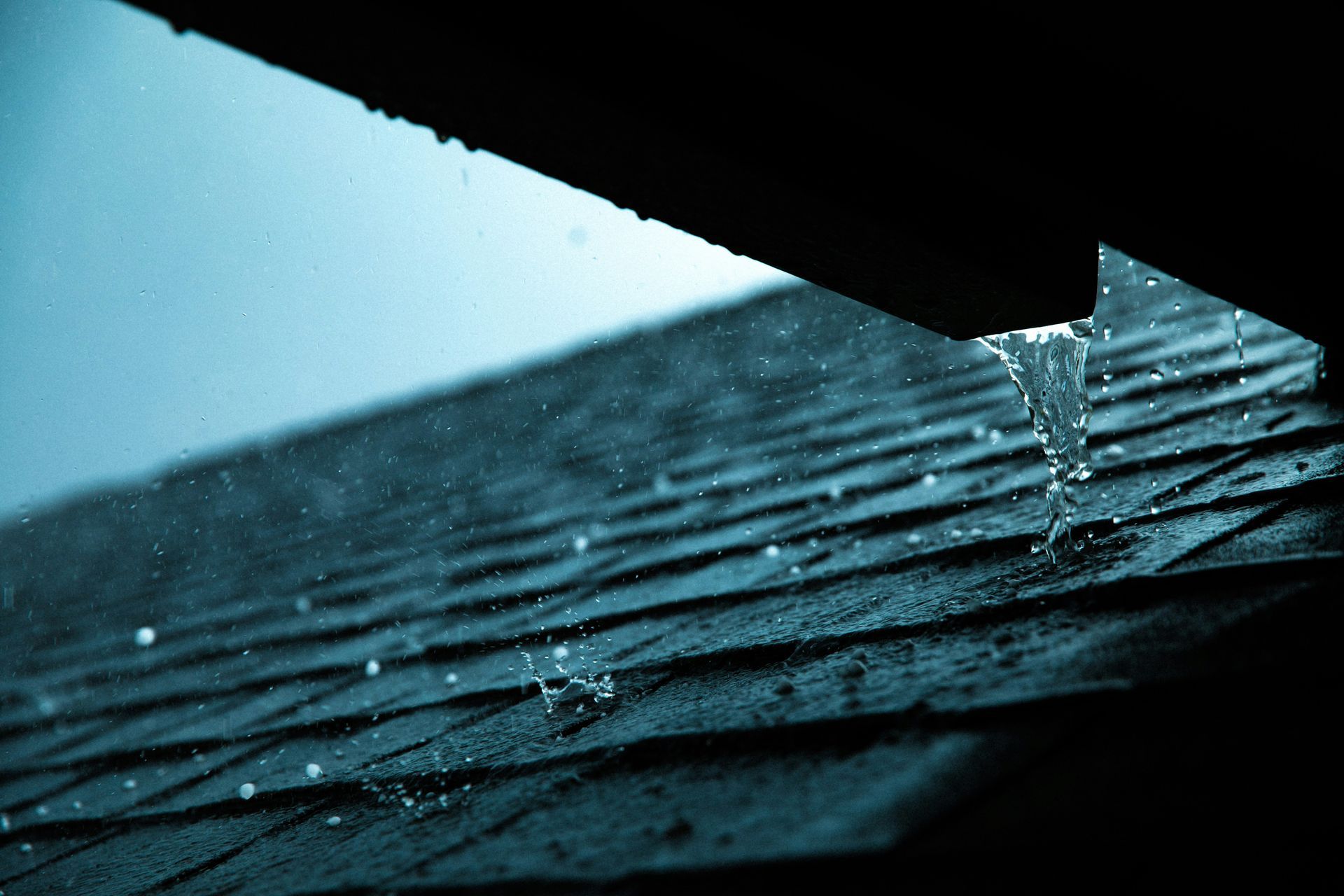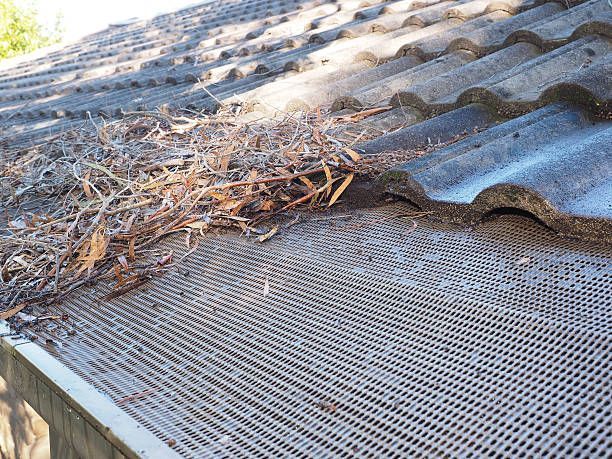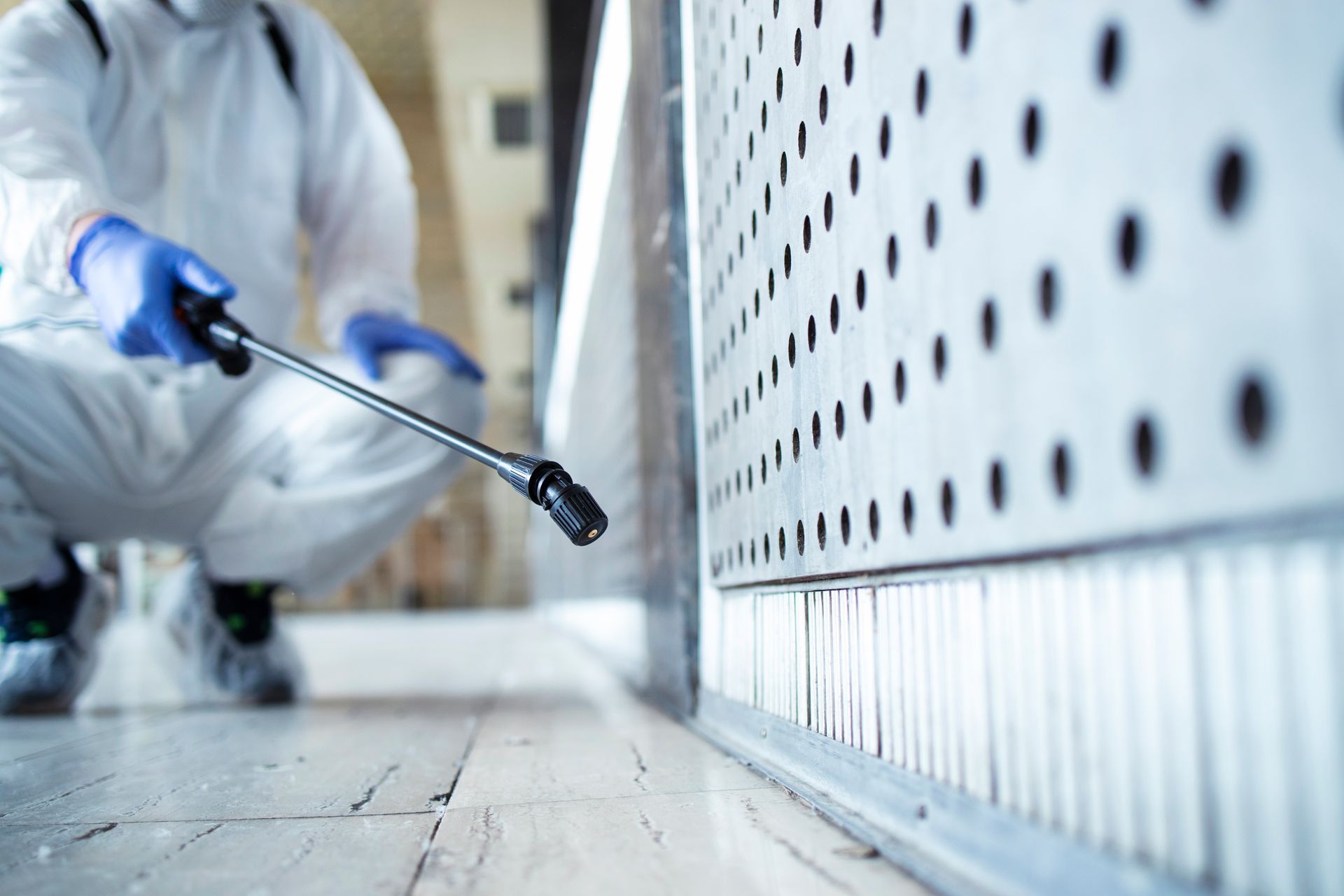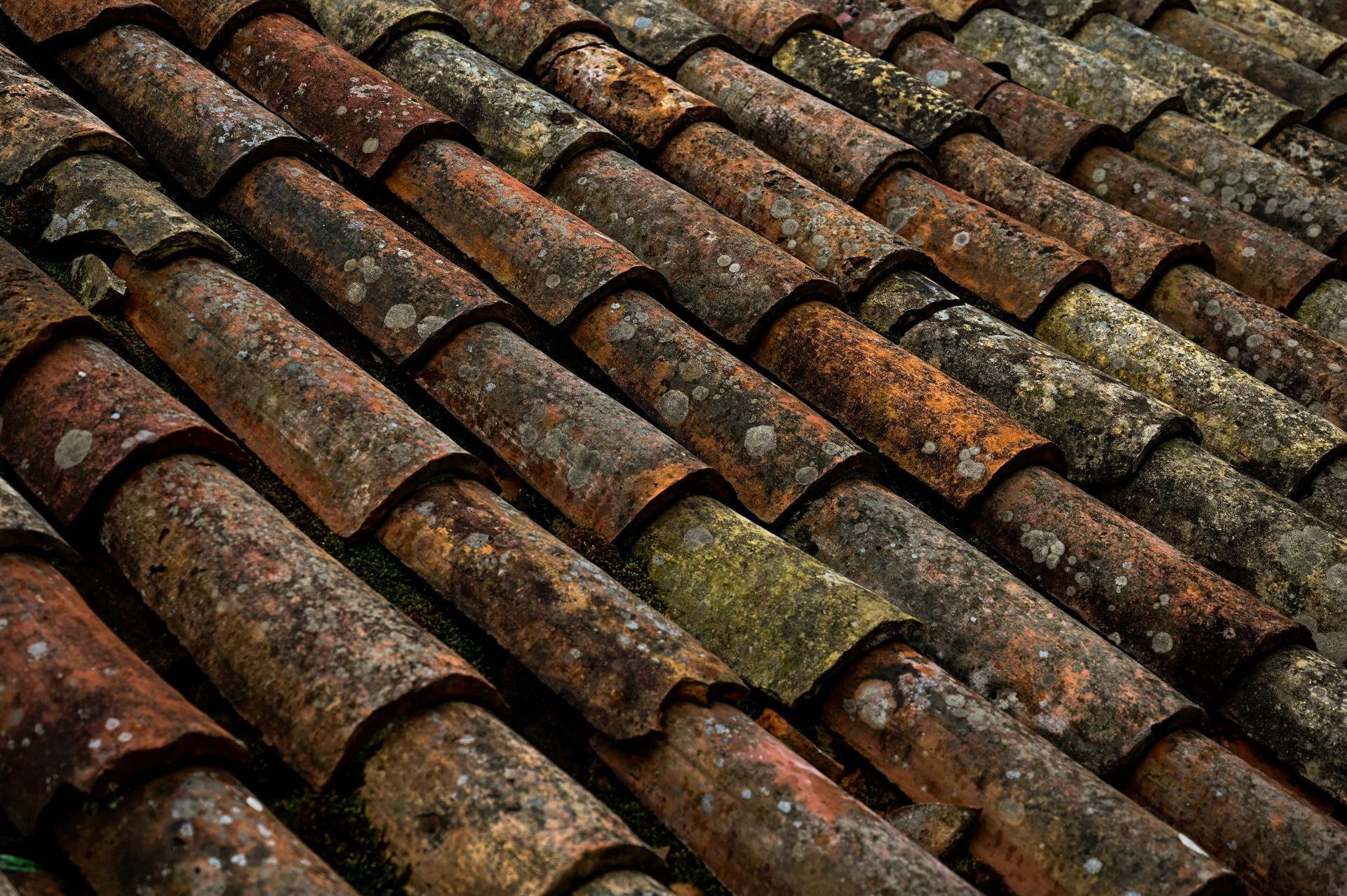DIY vs. Professional Spouting Repair: Which is the Best Option?

Kiwi’s are known for their ‘can-do’ attitude, and when it comes to DIY, many are pretty handy with the fundamentals. So what about spouting clean & repair? How important is your spouting system, and what is the smartest approach to keeping it tidy and functional?
When we think about repairs, we are looking for a quality job at a good price, and when it comes to DIY, it’s important to know your limits and have a number to call when you need a professional you can trust.
Here, we will relay a few of the basic steps towards keeping your spouting maintained in good order, and we will highlight when it’s time to hand the tools over to the experts. Read on to discover the best option for your situation.
What is Spouting?
Most of us will have a vague idea about what constitutes spouting, however we may not understand how important it is that your spouting is functioning at the highest level. Your spouting is an integral part of your overall roofing system, and if it gets clogged or broken, that system can begin to break down in ways that may lead to severe damage on your property.
Spouting Components
Your spouting—also called guttering—consists of channels which come in sections and can be made of materials like plastic, vinyl, copper or steel. These are held in place with brackets which help the spouting to maintain the correct slope for drainage. It is essential that your brackets or clips are properly spaced to suit the environment your property deals with in terms of rain or snow, as improperly placed brackets may result in sagging or sudden or slow moving detachment.
Your spouting also has ‘elbows’, which are designed to connect the horizontal sections to the pipes that carry the water out of your gutters—the downpipes. The elbows also direct the flow of water around the corners of your roof. Your spouting has mitres to shore up the corner joints; it may have a leaf guard, and where the gutter ends, you will have splash blocks to guide water away from your structure. Alongside all these elements, you sometimes find leader heads that collect and funnel overflow, and you will have downpipe straps that keep your downpipes securely fastened to your structure.
DIY for Spouting Clean & Repair
You can see from this explanation that your spouting is actually quite a complex system with a lot of different parts that all need to function together to protect your property from water ingress. If any of these components fails, then your property becomes vulnerable to water damage, so it’s really important to be certain that you know what you are doing when it comes to taking care of your spouting.
Saving Money
The most obvious reason you would opt for DIY spouting clean and repair is to save a bit of money. While it may be that you can get up on a ladder and have a crack at the gutters yourself, it’s really not recommended. DIY gutter repair is one of those tasks that can quickly get out of hand, and it is essential to remember that properly spaced brackets provide a precise angle which must be maintained in order for water to keep flowing away from your property.
At the end of the day, attempting to keep your maintenance bills down by attempting spouting clean and repair yourself may end up costing you money in remediation and damage caused by knocking your system out of sync.
Spouting Clean & Repair is Dangerous
While many property owners may have a ladder in the shed and feel quite comfortable clambering up to roof height, you would be surprised how many accidents are caused by this each year. Did you know that Worksafe attributes around 70 per cent of all falls to falls from ladders and roofs? Working at height requires proper training and safety equipment, so parking your ladder and climbing up with tools, new gutter parts, or cleaning equipment is just not a good idea without training, experience and skills under your belt.
Preventative Maintenance
Preventative spouting clean & repair is highly recommended to offset the need for premature replacement damage to your property and to ensure that when there are small issues developing with your gutters, you can stop them in their tracks before they escalate into expensive headaches. Failed spouting can cause water and organic matter to gather on your roof, leading to mould, mildew, rust, corrosion and leaks. It can also allow water to seep inside your cladding and affect your integral structure—it may even seep into your foundations, leading to catastrophic damage.
Time to Call the Experts?
If you have come to the conclusion that it’s just not worth the risk to attempt spouting clean & repair on your own, we think you are making a smart move. It’s just not worth the physical and financial risk.
The team at Arthurs Roof & Property can deal with your spouting clean & repair tasks safely at a competitive price, so
get in touch now for all your clogged gutters, leaky joints, broken brackets and more.









